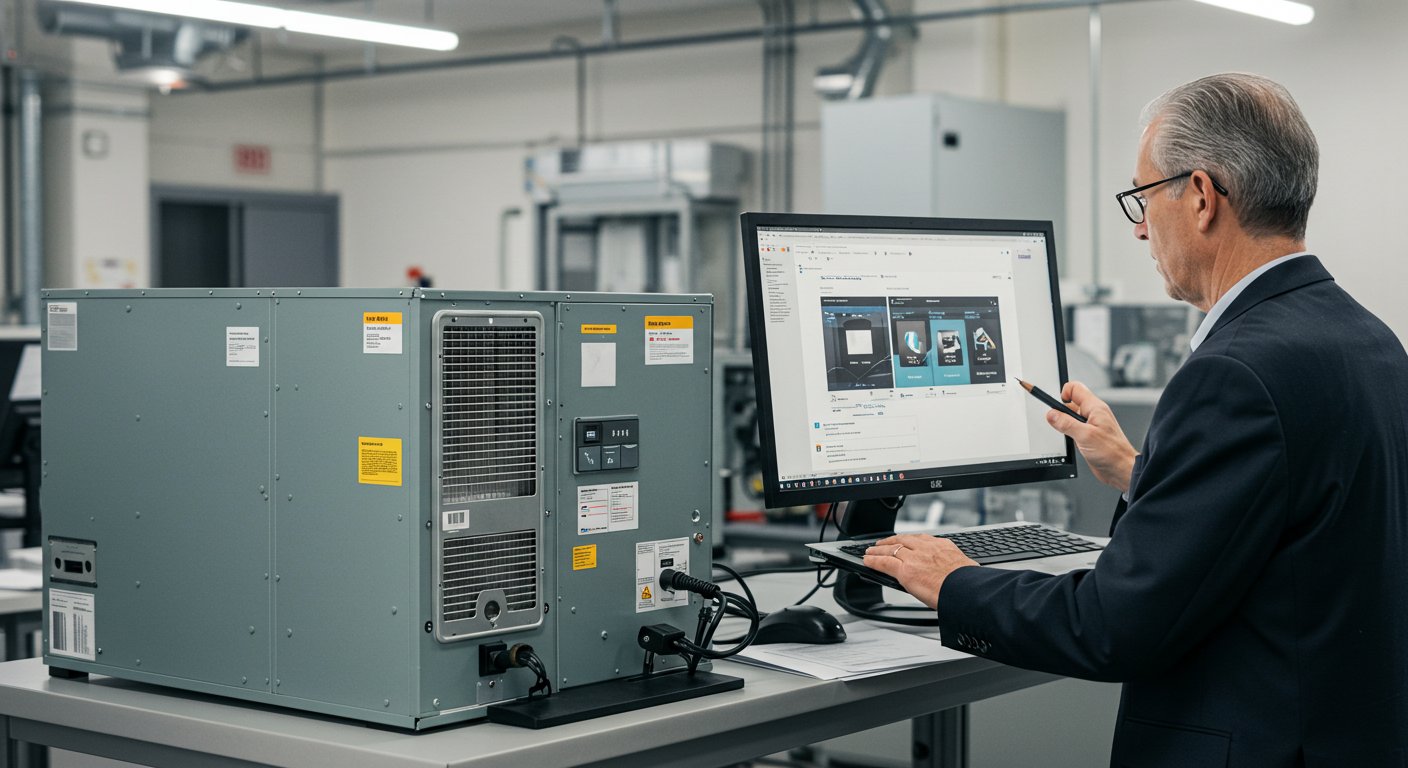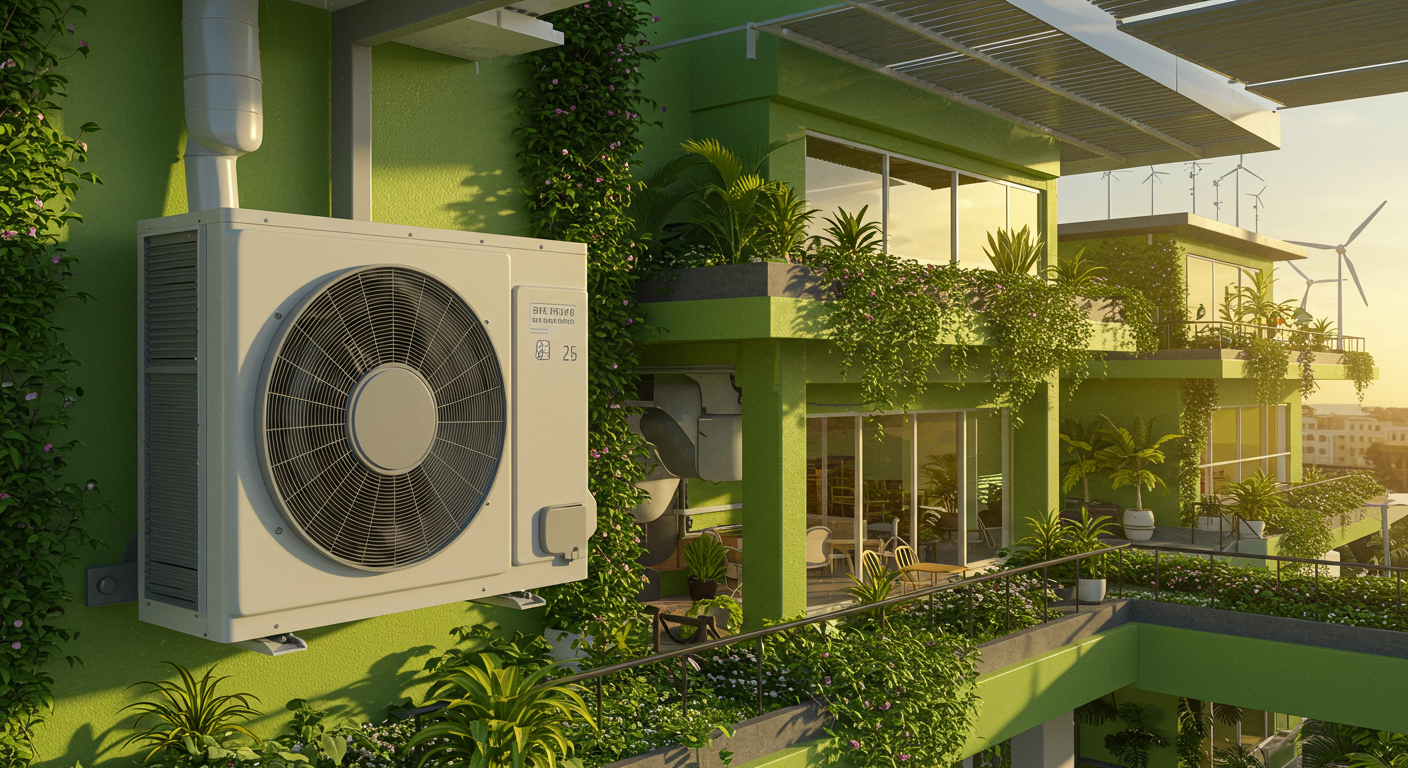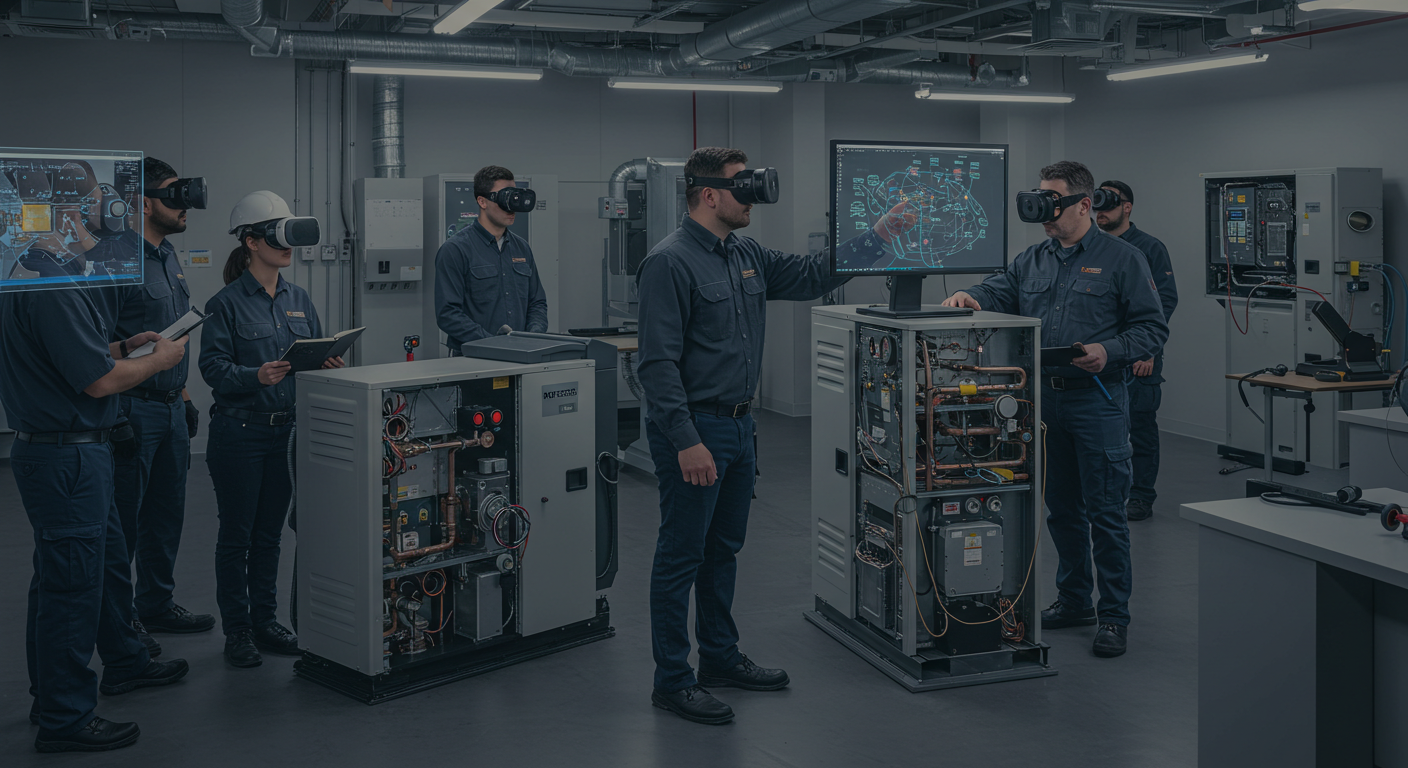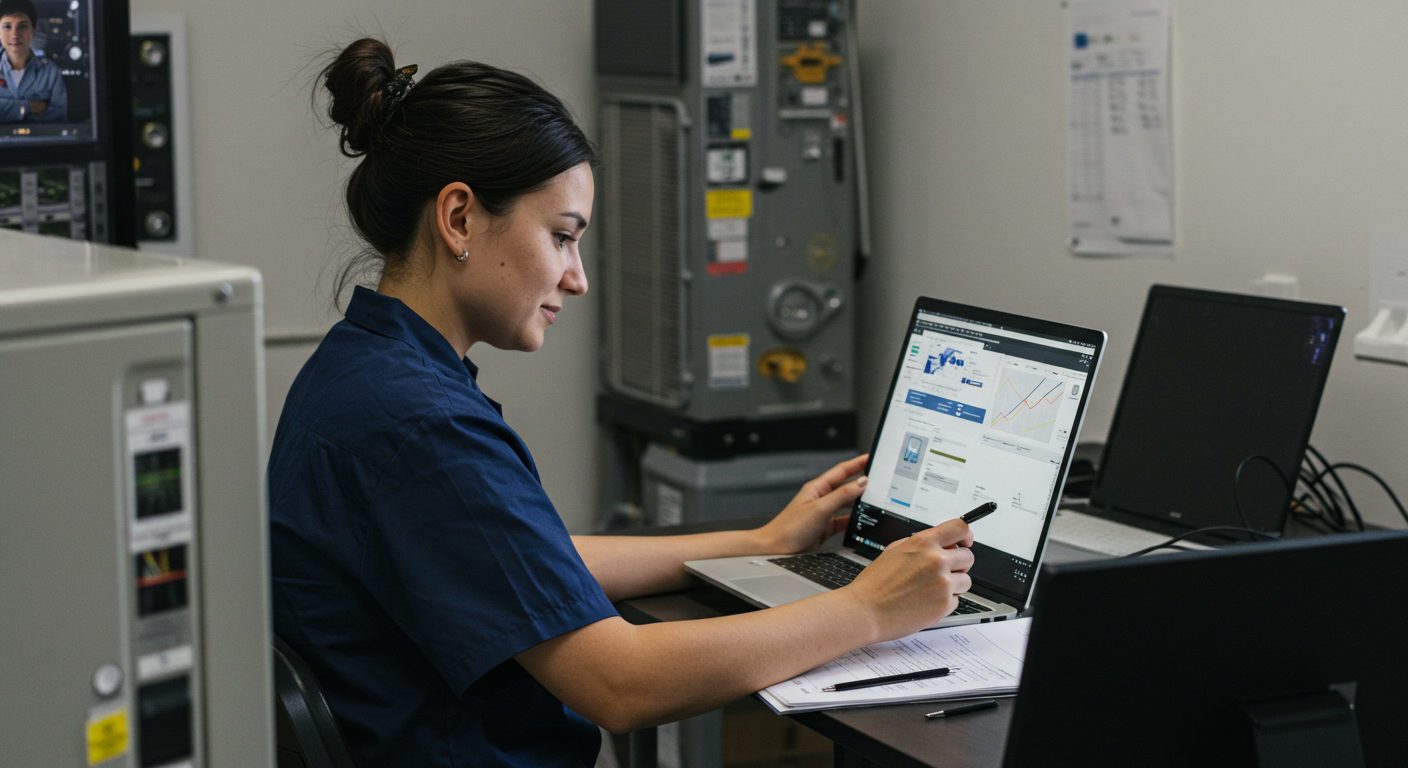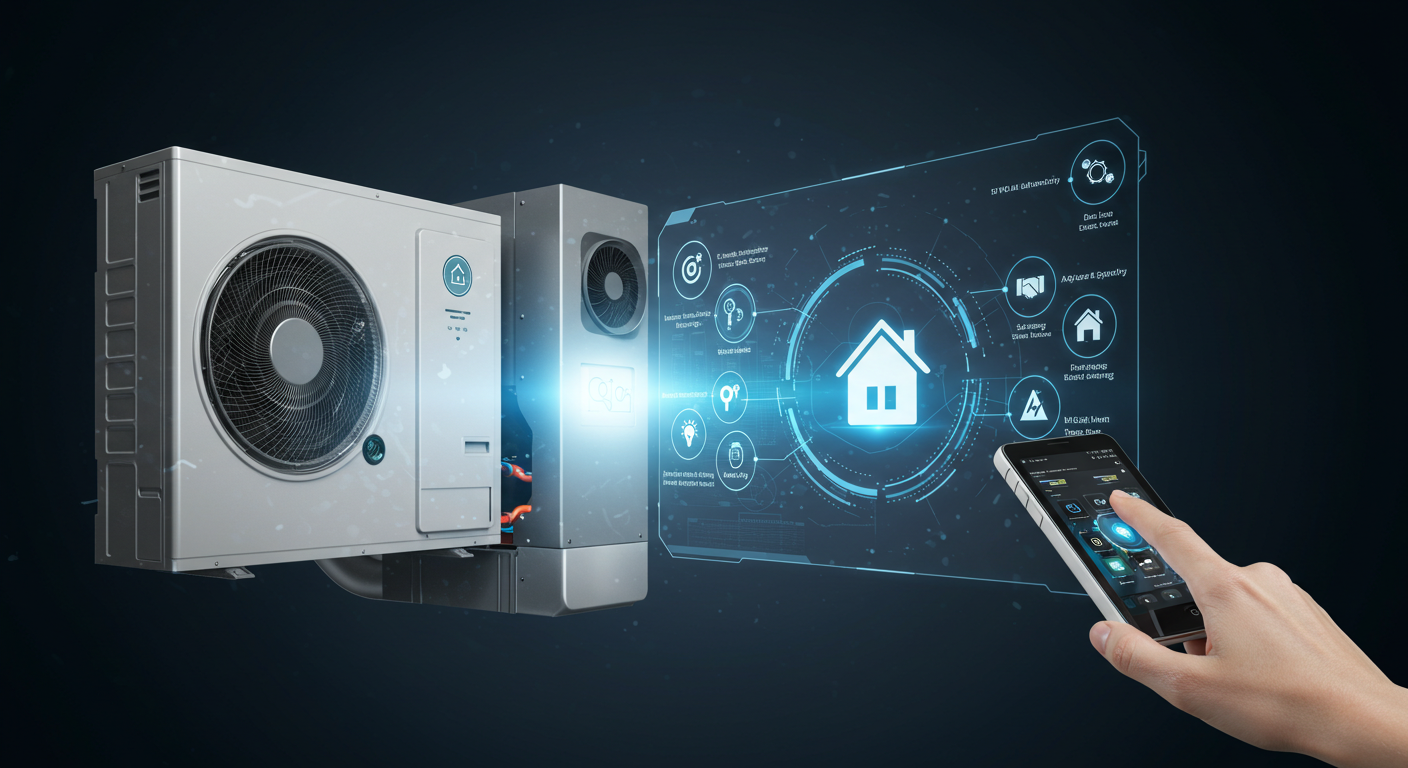Friedrich Breeze: Unveiling Field Performance Insights
In the ever-evolving world of HVAC systems, the Friedrich Breeze™ Universal Heat Pump stands out as a game-changer. With its high efficiency, compact design, and quiet operation, it promises to redefine comfort and energy savings for users. In this post, we’re diving into the field performance of the Friedrich Breeze, revealing what makes it a top choice for modern installations and retrofits.
Efficiency and Energy Savings
The Friedrich Breeze heat pump delivers remarkable energy efficiency with up to 18 SEER2 and 9.5 HSPF2 ratings. Thanks to its Precision Inverter variable-speed technology, you can expect significant energy savings while maintaining enhanced comfort levels. This makes the Friedrich Breeze an excellent choice for those looking to reduce their energy bills and environmental footprint.
Design and Installation Flexibility
One of the standout features of the Friedrich Breeze is its reduced volume and footprint. With a 36% decrease in volume and a 40% reduction in footprint compared to traditional units, it offers unmatched installation flexibility. Whether you’re dealing with space-constrained environments or complex retrofits, this system is designed to fit seamlessly.
Ultra-Quiet Operation
The Friedrich Breeze is engineered for peace and quiet. Its sound insulation technology allows for sound levels as low as 35 dB(A), ensuring superior comfort without the noise disruption. This makes it ideal for residential settings where noise reduction is a priority.
Installation Insights
- Supports lineset runs up to 246 feet and height differentials up to 98 feet.
- Compatible with most 24V thermostats and BMS systems, simplifying integration.
- Multi-position air handler supports installation in various locations without the need for additional kits.
Real-World Efficiency and Analytics
For those seeking to optimize performance, the Friedrich Breeze supports real-world analytics tools like the Ruud Econet 800 Series Smart Thermostat. This allows for remote monitoring, energy tracking, and performance optimization, aiding in improved first-time fix rates and reduced service response times.
Conclusion
The Friedrich Breeze Universal Heat Pump is a testament to innovation in the HVAC industry. With its high efficiency, flexible installation options, and quiet operation, it meets the demands of modern users while offering energy savings and environmental benefits.
Ready to experience the Friedrich Breeze difference? Contact your local distributor today to learn more about how this innovative system can transform your space.
Frequently Asked Questions
What makes the Friedrich Breeze heat pump energy-efficient?
The Friedrich Breeze achieves up to 18 SEER2 and 9.5 HSPF2 efficiency through Precision Inverter variable-speed technology, offering significant energy savings.
How quiet is the Friedrich Breeze during operation?
Thanks to its sound insulation technology, the Friedrich Breeze operates at sound levels as low as 35 dB(A), ensuring a quiet environment.
Can the Friedrich Breeze be installed in space-constrained areas?
Yes, with a 36% volume reduction and 40% footprint reduction, the Friedrich Breeze is ideal for space-constrained installations.
What installation flexibility does the Friedrich Breeze offer?
It supports lineset runs up to 246 feet and height differentials up to 98 feet, providing flexibility for various installation scenarios.
Is the Friedrich Breeze compatible with smart thermostats?
Yes, it is compatible with most 24V thermostats and BMS systems, and can be paired with real-world analytics tools like the Ruud Econet 800 Series Smart Thermostat.


